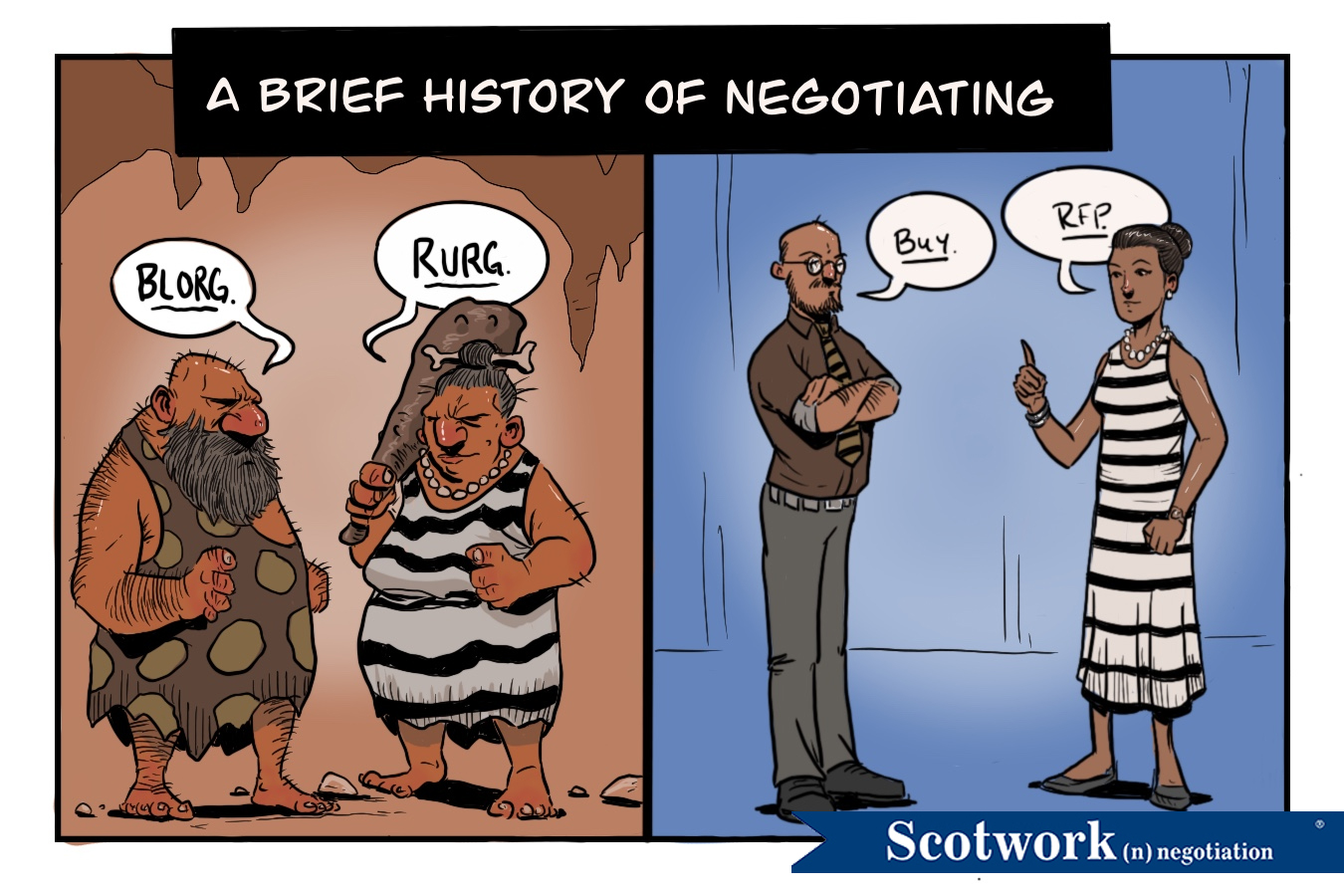Every year in our Buyer/Seller Survey we ask buyers, “What aspects of your buying process have changed over the last year?” Interestingly, one thing has been dropping over the last few years: the use of RFPs. They have not gone away, but they’re being issued with less frequency than in the past. With that, it may surprise you to learn what buyers are doing more of instead, and how sellers are responding.
We did our first Buyer/Seller Survey in 2017. In that survey, and in each one since, buyers were asked if they use RFPs. In 2017, almost 84% of them reported that they did use RFPs. By 2020, that number had dropped to 72%. That’s a 14% decline in just a few years.
Part of that drop could be attributed to the pandemic. During this period, supply chain disruption was the most common issue impacting buyers. Therefore, there may not have been time, desire, or need to issue RFPs. One could assume that buyers didn’t bother with RFPs and went with whichever supplier could meet their needs. However, the decline in use of RFPs started before the pandemic.
Notably, over the same period, sellers were responding to fewer and fewer RFPs. In 2017, more than 75% of sellers reported that they would respond to 50% or more of the RFPs they received, with over 57% responding to 75% or more. By 2020, only 56% of sellers responded to 50% or more of the RFPs they received, and only 40% responded to 75% or more. That’s a dramatic drop on all fronts.
So, if buyers are not using RFPs as often and sellers are not responding to as many of the RFPs that they receive, then what are buyers doing more of now in the buying process than in the past? When we asked buyers this question, their top answers were:
- Spending more time researching and evaluating solutions (52%)
- Using more resources to research and evaluate vendors (50%)
- Spending more time negotiating with vendors/suppliers (46%)
- Conducting more ROI analysis (41%)
Our data suggests that, when it comes to sourcing, there has been a shift on both sides of the equation. Sellers are being more selective in terms of which RFPs they respond to and buyers are getting more strategic in the buying process. Based on the data, here’s what I would suggest for either the buyer or seller:
- Know the criteria for success. If more time and resources are being used to evaluate solutions, vendors, and ROI, then it’s imperative to understand what success looks like. That means buyers have to know what a successful engagement looks like (not just what the best price needs to be). It also means that sellers need to spend more time understanding not just what success is to the buyer, but also the drivers and motivators for why the buyer even needs the seller.
- Really prepare to negotiate (don’t fake it). I’m not talking about just spending two minutes preparing before your meeting — I’m talking about doing a deep dive. This means getting all of your internal stakeholders aligned, doing your due diligence, looking back on past deals, rehearsing and practicing your approach, and a variety of other good negotiating preparation behaviors. Your deal outcome will be a direct reflection of how well you prepare.
- Be more transparent and more curious. The buying process is becoming more sophisticated. Part of that evolution is around evaluating what we know, so that we can mitigate the risk of what we don’t know. The days of withholding or hiding information are behind us. The buyers and sellers who trust each other and can work more collaboratively will find not only the entire buying process moving faster, but also that they can create more valuable deals for each other in the process.
It was once said, “It is not the strongest of the species that survives. It is the one that is the most adaptable to change.” If you can recognize the trends and adapt, you’ll be well on your way to surviving the next evolution of business.
We Can Help You Adapt to a More Sophisticated Buying Process.
Over the past few years, you’ve likely noticed that RFPs have diminished in quantity. Sellers are being more selective in terms of which RFPs they respond to and buyers are getting more strategic in the buying process. The question is, how can you come out ahead, regardless of which side of the negotiating table you’re seated? We can help! Drawing on 45 years of real-world negotiating experience, we’ll assist you with getting better deals, saving time, and creating value for all involved — not to mention preserving and even strengthening relationships. Let us partner you with one of our advisers, ensuring that you’ve got the broadest view of your deal.

